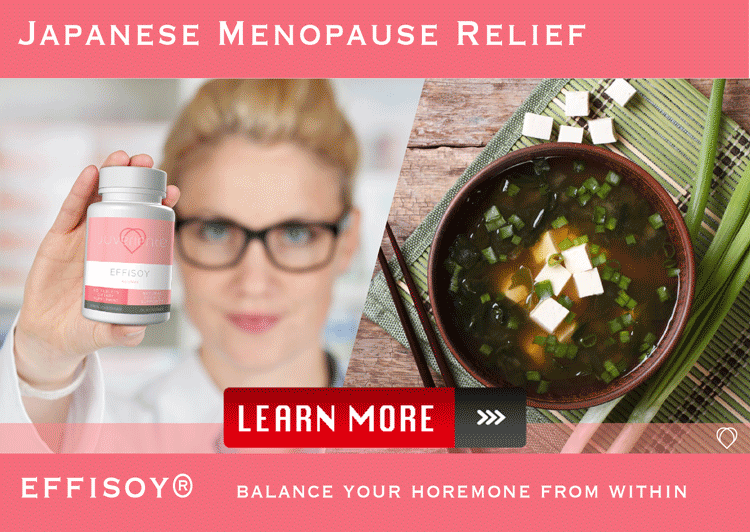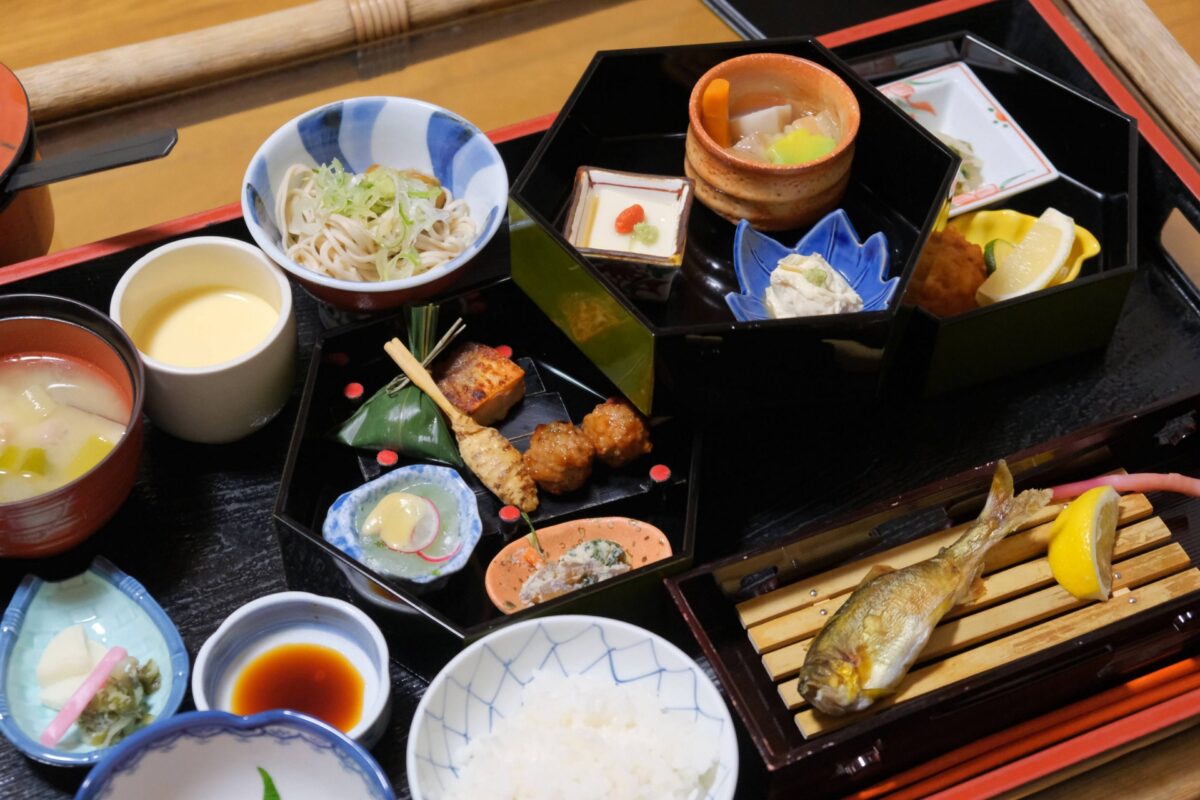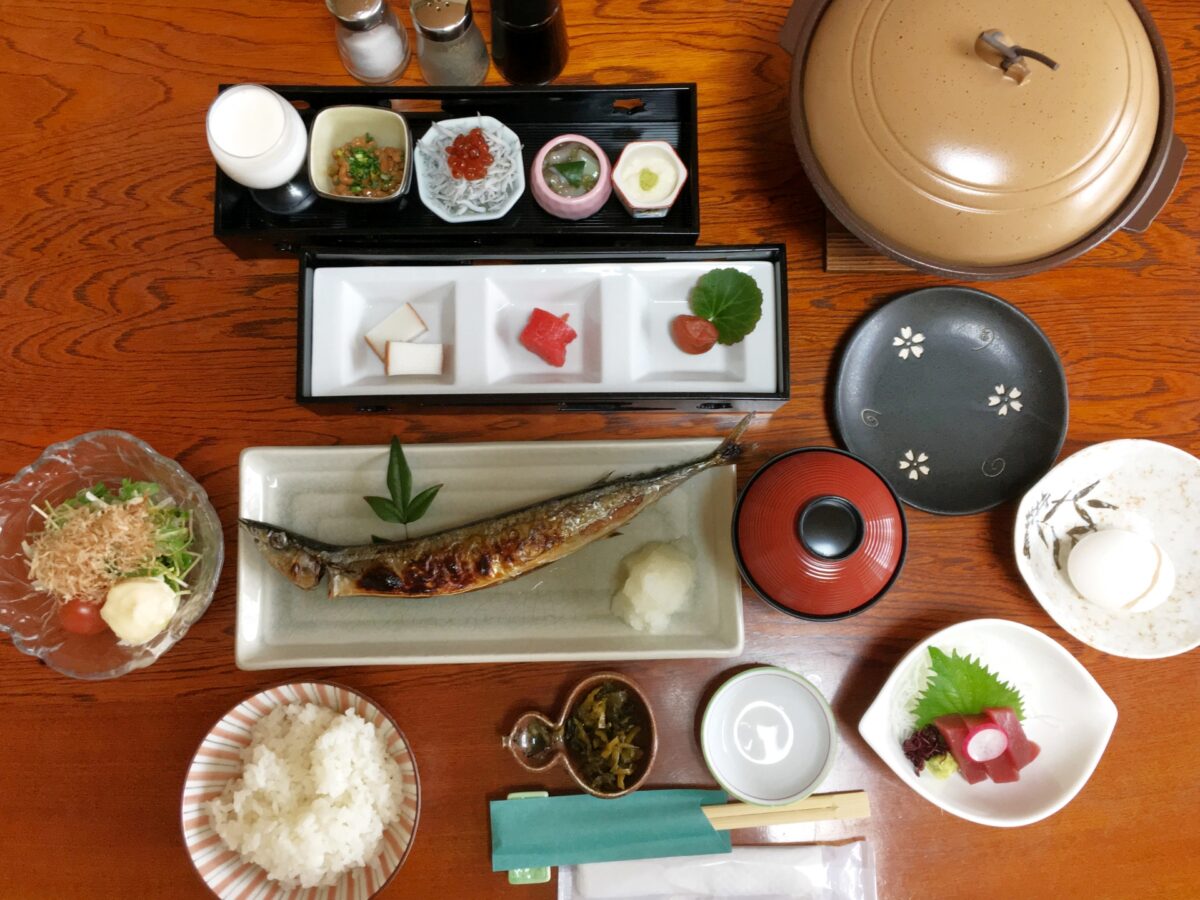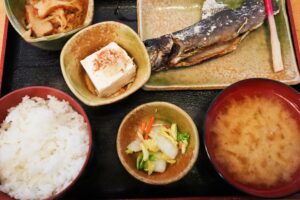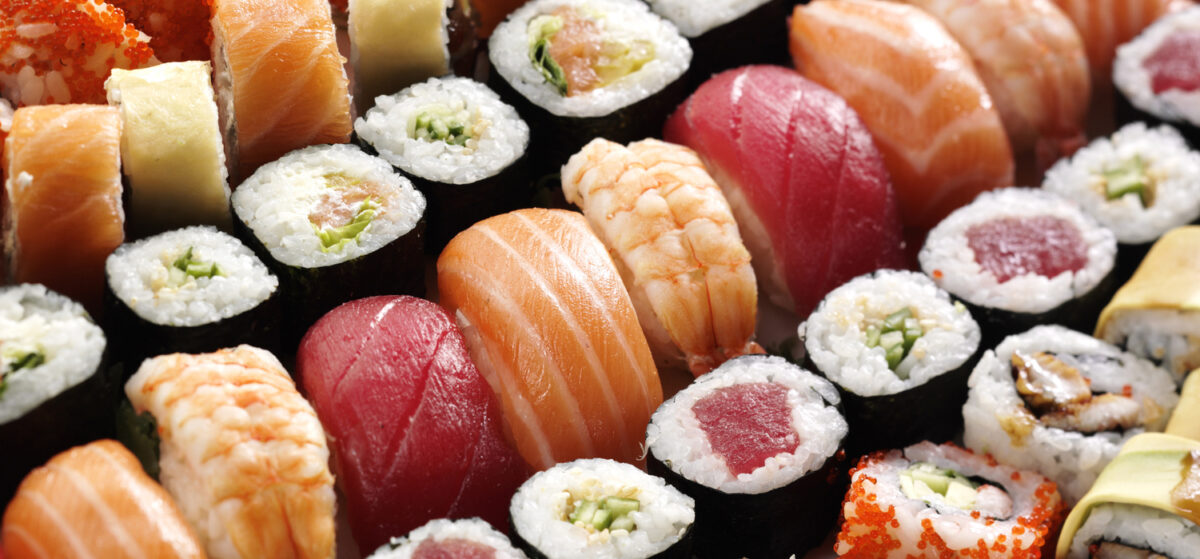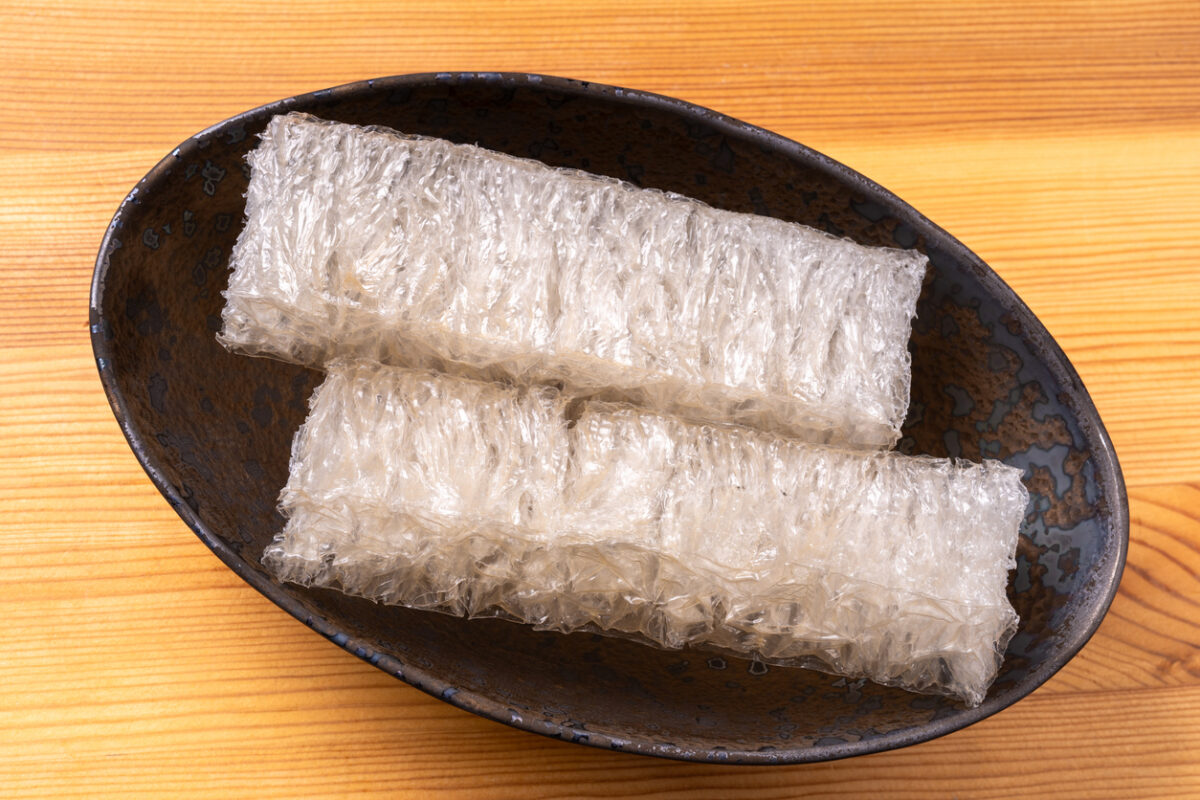The Japanese diet has earned praise for supporting weight loss, promoting long-term health, and helping people feel energized and balanced. It’s not a restrictive fad but a lifestyle rooted in moderation, fresh ingredients, and harmony. For Americans looking to lose weight in a sustainable and healthy way, the Japanese approach offers simple changes that don’t require overhauling your entire routine.
One of the hidden secrets behind this dietary success also lies in how Japanese women experience fewer issues related to hormonal changes and weight gain, especially during menopause. That’s where natural Japanese-inspired supplements like Effisoy® come into play—but more on that later.
Let’s first explore how you can bring the Japanese way of eating into your life without stress or sacrifice.
What Makes the Japanese Diet Naturally Weight-Loss Friendly?
Whole, Nutrient-Dense Foods
The Japanese diet is built around vegetables, tofu, seaweed, fermented foods, fish, and modest amounts of rice. These ingredients are low in calories but rich in fiber, antioxidants, and essential nutrients. They help you feel full longer while avoiding the blood sugar spikes that often lead to cravings.
Gentle Cooking Techniques
Grilling, steaming, and simmering are common methods in Japanese cooking. These approaches reduce the need for oil or butter, cutting down on unnecessary calories.
Balanced and Simple Meals
A traditional Japanese meal includes a variety of small dishes—a bowl of rice, a miso soup, some pickled vegetables, and grilled or simmered protein. This promotes mindful eating and a natural sense of portion control.
Simple Japanese Ingredients You Can Find in American Grocery Stores
Many essential ingredients of Japanese cooking are easy to find in U.S. supermarkets, especially in the international foods aisle or health food section.
Miso
A fermented soybean paste packed with flavor and probiotics. Just dissolve it in hot water for an instant, gut-friendly soup.
Try this recipe: Just One Cookbook – Miso Soup
Tofu
Rich in plant-based protein and low in fat, tofu is a staple in many Japanese dishes. You can stir-fry, grill, or add it to soups.
Seaweed
Dried seaweed (like wakame or nori) can be added to salads, rice, or soups for a nutrient boost.
Rice (preferably short-grain or brown rice)
Replace processed carbs with a small portion of rice. It provides energy and pairs well with vegetables and lean proteins.
Soy Sauce and Mirin
These two pantry staples help season meals without heavy sauces or excessive salt.
How to Build a Japanese-Inspired Meal Without Overhauling Your Entire Diet
Start Small
Begin with one Japanese-style dish per day or even just a miso soup alongside your lunch. You don’t need to be perfect—consistency is more important than complexity.
Combine East and West
Pair grilled salmon with miso-glazed vegetables. Replace mashed potatoes with steamed rice. Use soy-based dressings over salads instead of creamy ones. Little changes add up.
Follow the Ichiju-Sansai Rule
This classic formula—one soup and three side dishes—encourages variety without overeating. Include a vegetable dish, a protein source like fish or tofu, and a bowl of rice.
Portion Control and Mindful Eating: Lessons from Japanese Mealtime Culture
Small Dishes = Big Difference
In Japanese homes, meals are served in small individual dishes, which helps prevent overeating and promotes appreciation for each bite.
Eat Slowly and Mindfully
Japanese people often say “Itadakimasu” before eating to express gratitude. Eating slowly and attentively helps you notice fullness and enjoy your food more.
Less Sugar, More Umami
Traditional Japanese cooking uses less sugar and instead relies on the umami flavor of ingredients like mushrooms, seaweed, and fermented foods to create satisfaction without calories.
Easy Japanese Recipes for Busy American Lifestyles
You don’t need hours of prep or special training to start. These recipes are quick, healthy, and satisfying:
Miso Soup with Tofu and Wakame
Boil water, stir in miso paste, and add tofu cubes and rehydrated seaweed. Ready in 10 minutes.
Chicken Rice Bowl
Grill sliced chicken with a soy-mirin glaze, serve over brown rice with steamed broccoli and shredded carrots.
Cucumber & Seaweed Salad
Slice cucumbers and toss with soaked wakame, rice vinegar, soy sauce, and sesame seeds.
Japanese Omelet (Tamago)
This lightly sweet rolled omelet makes a great lunch or side.
Recipe here: Tamago – Just One Cookbook
Support from the Inside: Japanese Diet and Hormonal Balance
Many American women experience weight gain and stubborn belly fat during menopause, often caused by declining hormone levels. Interestingly, Japanese women report fewer menopausal symptoms and weight struggles. One key reason lies in their diet—particularly the intake of fermented soy, rich in aglycone isoflavones, which can support natural hormone balance.
That’s where Effisoy® comes in. Developed with the wisdom of traditional Japanese nutrition, Effisoy contains fermented soybean extract in the aglycone form—making it far more bioavailable than typical soy isoflavones. It helps support the body’s own production of DHEA, a precursor hormone that naturally declines with age.
Unlike hormone replacement therapy (HRT), Effisoy offers a gentle, natural way to manage weight, energy, mood, and hormonal changes during and after menopause.
🔗 Learn more about Effisoy here: Effisoy on Juveriente Official Website
Conclusion: A Delicious, Sustainable Way to Support Weight Loss
The Japanese diet for weight loss isn’t about restriction—it’s about nourishment, balance, and enjoyment. You can start with one small change, like replacing creamy sauces with miso-based broths or adding seaweed to your salads.
And if you’re navigating hormonal changes that make weight loss harder, combining this way of eating with Effisoy®may offer the gentle internal support you need—without synthetic hormones.
By embracing the simplicity and wisdom of Japanese food culture, you can create a lifestyle that supports healthy weight loss and a more vibrant you.
Lose your weight by boosting your decreased hormone with aging
Juveriente®’s Effisoy, launched in 2016, based on fermented soy bean germ extract has been loved as a natural menopause relief since its launching in 2016.
Its primary function is to boost the weakened synthesis of a hormone precursor, DHEA. It’s safe as it only heals the natural synthesis function. The hormone boost doesn’t provide the only relief from menopausal symptoms. But, it also supports various aging issues and increases metabolism, which leads to weight loss.
Here are some of the real product reviews in our Amazon shop.
“Restful sleep finally!!”, “I Am Now Free of Hot Flashes!!”, “Lifesaver”
